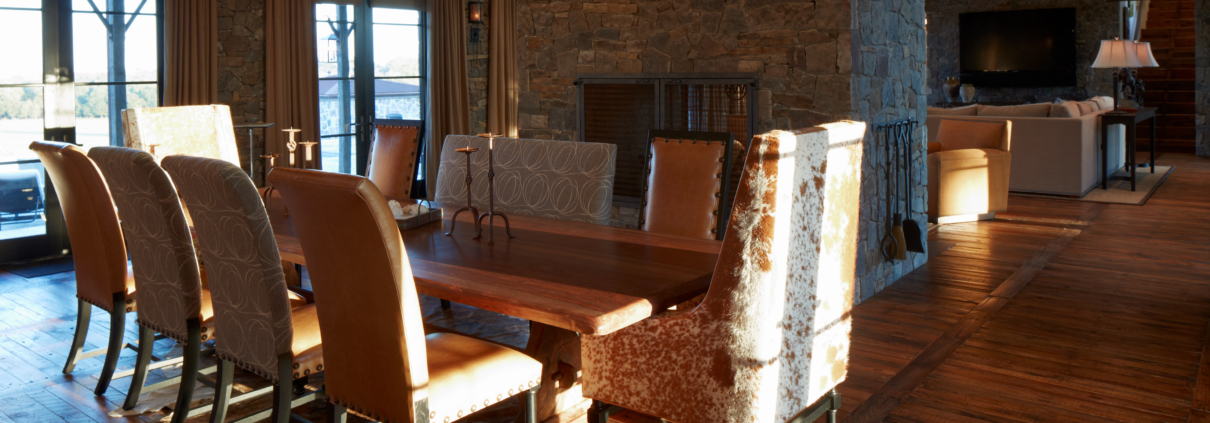Art Underfoot-A Texas Story of Upcycled Pallets
Pallets Inspire New Markets, New Products
Wooden pallets are typically the vehicle transporting products globally or locally. They carry products large and small – automobiles, tractors, building materials, pharmaceuticals, iPads, Smart phones, produce and other consumer goods.
Pallets are rarely seen as anything other than a transporter of goods. But at PalletCentral we are seeing a growing number of businesses looking at these platforms in a different way, and we’re not talking about stray pallet gardens shared on Pinterest or Etsy’s one-of-a-kind pallet wood creations. Below is one innovative use of pallet wood.
Art Underfoot: A Texas Story of Upcycled Pallets
Underneath all the layers of burnished coats of oil sealant lies a wood floor with a unique history. Wood that once moved the world, travelling across the globe until reaching its useful life and landing in one of many pallet yards in Houston, Texas, long associated with the city’s shipping industry, has now become art underfoot in a high-end home.
Wooden shipping pallets are typically a low-end commodity. Sometimes a pallet will get reused a few times before it ends up being scrapped or used as firewood. For Greg Schenck, president, Schenck and Company, custom wood flooring specialist in Houston, he had a better idea. He used inspiration from a ceiling while sitting at a bar at the Gage Hotel in far west Texas. The ceiling was created in a design common in southwestern construction and traditional pueblo architecture called “vigas” (round beams) and “latillas” (small straight sticks).
What Schenk thought would be a “cool floor if he could mimic the pattern on the ceiling” turned into a “labor intensive work of art.” The idea to use pallets came from seeing stacks of them at the local shipping yard. Once he made a sample for his showroom, he sold the floor. Their client was not concerned about the price; it was the look they wanted to create for their home.
Working with local pallet companies, Schenck said, “Everyone wanted to sell me new pallets. I only wanted to use the most damaged, most weathered pallets I could find. Those pallets have the most charm,” he added, “as long as they were structurally sound.”
Several truckloads of pallets later, Schenck denailed, disassembled and sorted pallet boards by color and wood species to get the right mix to create the floor. “With pallets, anything goes. You’ll get various widths, thicknesses and any species. I also wanted a good combination of colors in similar species.” He used mainly oaks – red and white oaks – and a mix of other hardwoods and softwoods.
All the boards were fumigated, and to maintain the weathered face of the boards, they were planed from the back to get a more consistent thickness. “We wanted to preserve as much character as possible but some of the boards had to be planed down so it wasn’t a trip hazard. Then some cuts on the board were distressed to match the rest of the floor,” Schenck added. On-site, the boards were glued to a plywood subfloor over the slab and face-pinned with headless pins. The “smoothing” process was accomplished with a nylon pad then a penetrating oil sealer was burnished into the floor.
The floor was extremely labor intensive and the client loved the floor so much that they bought the same flooring for their Texas ranch home.
The most appealing character of this wood floor is its history. Wood that once carried cargo from around the world or even transported local produce and pharmaceuticals makes a great story. Turning pallets into a finished flooring material is a great example of recycling, reusing or upcycling.



